
George Raft was an American film actor and dancer identified with portrayals of gangsters in crime melodramas of the 1930s and 1940s. A stylish leading man in dozens of movies, Raft is remembered for his gangster roles in Quick Millions (1931) with Spencer Tracy, Scarface (1932) with Paul Muni, Each Dawn I Die (1939) with James Cagney, Invisible Stripes (1939) with Humphrey Bogart, and Billy Wilder's comedy Some Like It Hot (1959) with Marilyn Monroe and Jack Lemmon; and as a dancer in Bolero (1934) with Carole Lombard and a truck driver in They Drive by Night (1940) with Ann Sheridan, Ida Lupino and Bogart.
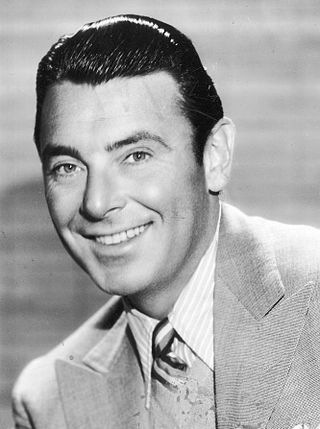
George Brent was an Irish-American stage, film, and television actor. He is best remembered for the eleven films he made with Bette Davis, which included Jezebel and Dark Victory.

Background to Danger is a 1943 World War II spy thriller film starring George Raft and featuring Brenda Marshall, Sydney Greenstreet, and Peter Lorre.
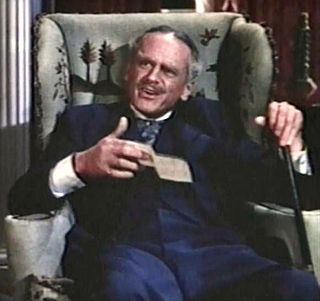
Miles Mander, was an English character actor of the early Hollywood cinema, also a film director and producer, and a playwright and novelist. He was sometimes credited as Luther Miles.
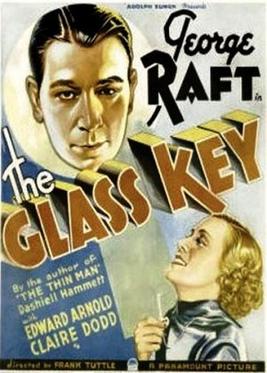
The Glass Key, released in 1935, was based upon the 1931 suspense novel The Glass Key by Dashiell Hammett, directed by Frank Tuttle, starring George Raft and featuring Edward Arnold, Claire Dodd, Guinn "Big Boy" Williams and Ray Milland. Ann Sheridan has a brief speaking role as Raft's character's nurse in their first film together.
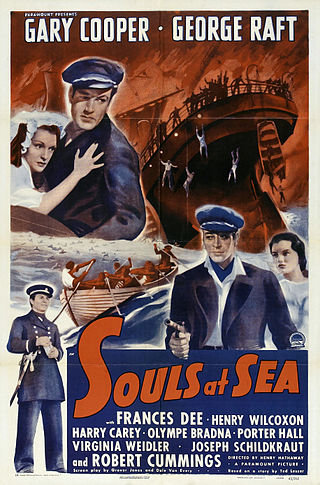
Souls at Sea is a 1937 American historical adventure film directed by Henry Hathaway and starring Gary Cooper and George Raft. Based on a story by Ted Lesser, the film is about a first mate on a slave ship who frees the slaves on the ship after a mutiny overthrows the ship's captain. The title of this film was spoofed in the Laurel and Hardy comedy film Saps at Sea (1940). The supporting cast features Frances Dee, Harry Carey, Joseph Schildkraut, Robert Cummings, George Zucco, Tully Marshall, Monte Blue, and an uncredited Alan Ladd and Edward Van Sloan.

The House Across the Bay is a 1940 film directed by Archie Mayo, starring George Raft and Joan Bennett, produced by Walter Wanger, written by Myles Connolly and Kathryn Scola, and released by United Artists. The supporting cast features Lloyd Nolan, Walter Pidgeon and Gladys George.
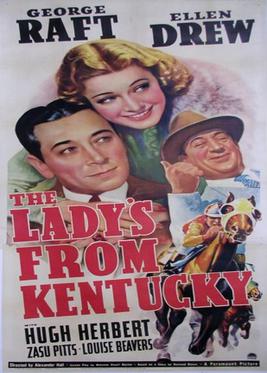
The Lady's from Kentucky is a 1939 film directed by Alexander Hall and starring George Raft and Ellen Drew. It was written by Malcolm Stuart Boylan from a story by Rowland Brown. The screenplay involves a failing bookie (Raft) who becomes half owner of a racehorse, with a Kentucky lady (Drew) owning the other half. ZaSu Pitts plays a supporting role.

Brent Huff is an American actor, writer and film director. Huff is best known for his recurring role of Smitty in the hit ABC show, The Rookie and The Rookie: Feds. He has also had recurring roles in Shameless, Pensacola: Wings of Gold and Black Scorpion. Some of Huff's other television appearances include, Mad Men, The West Wing, NCIS, Jag, and Cold Case.

The Mad Miss Manton is a 1938 American screwball comedy-mystery film directed by Leigh Jason and starring Barbara Stanwyck as fun-loving socialite Melsa Manton and Henry Fonda as newspaper editor Peter Ames. Melsa and her debutante friends hunt for a murderer while eating bonbons, flirting with Ames, and otherwise behaving like irresponsible socialites. Ames is also after the murderer, as well as Melsa's hand in marriage.

Jameson Thomas was an English film actor. He appeared in more than 80 films between 1923 and 1939.

Footsteps in the Dark is a light-hearted 1941 mystery film, starring Errol Flynn as an amateur detective investigating a murder.
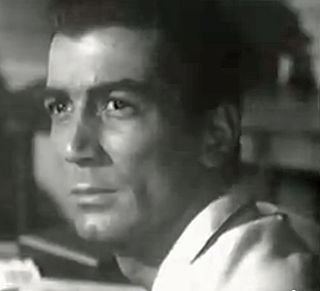
The George Raft Story is a 1961 American biographical film directed by Joseph M. Newman that stars Ray Danton as Hollywood film star George Raft. The picture was retitled Spin of a Coin for release in the United Kingdom, a reference to Raft's character's nickel-flipping trick in Scarface (1932), the film that launched his career as an actor known for portraying gangsters.
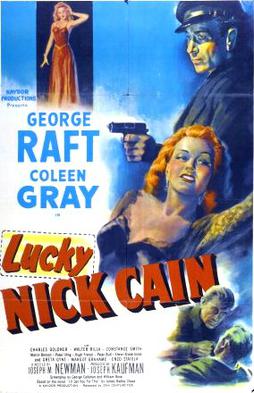
I'll Get You for This is a 1951 British thriller film by Joseph M. Newman starring George Raft, Coleen Gray, and Enzo Staiola. It was made from an adaptation by George Callahan and William Rose of James Hadley Chase's 1946 book of the same name. The setting was shifted from Las Vegas in the novel to an Italian gambling resort.

Murder at Monte Carlo is a British 1934 mystery crime thriller film directed by Ralph Ince and starring Errol Flynn, Eve Gray, Paul Graetz and Molly Lamont, the production was Flynn's debut film in a lead role in England. The film is currently missing from the BFI National Archive, and is listed as one of the British Film Institute's "75 Most Wanted" lost films.

Adventure in Diamonds is a 1940 American crime film directed by George Fitzmaurice and starring George Brent, Isa Miranda, John Loder and Nigel Bruce. It was also released under the alternative title of Diamonds are Dangerous.

Denison Clift was an American playwright, novelist, screenwriter and film director. He directed in both America and Great Britain, mainly during the Silent Era.
Matinee Idol is a 1933 British crime film directed by George King and starring Camilla Horn, Miles Mander and Marguerite Allan. The screenplay concerns a young actress who is suspected of murder. It was shot at Wembley Studios in London. The film's sets were designed by the art director J. Elder Wills. It was a quota quickie distributed by United Artists.

Sunday Wilshin was a British actress and radio producer; the successor to George Orwell on his resignation in 1943. She was born in London as Mary Aline Wilshin and educated at the Italia Conti Stage School. Wilshin was a member of the 'Bright young things' of the 1920s, and a close friend of the actress Cyllene Moxon and of author Noel Streatfeild. In connection with the 'bright young things', Wilshin commonly appears in accounts of a gathering whereat she was assaulted by the silent film actress Brenda Dean Paul.
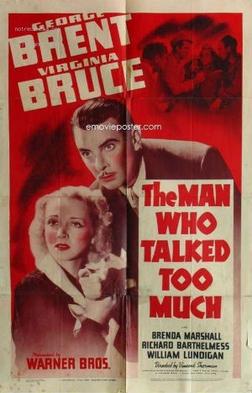
The Man Who Talked Too Much is a 1940 American drama film directed by Vincent Sherman and written by Walter DeLeon and Earl Baldwin. Starring George Brent, Virginia Bruce, Brenda Marshall, Richard Barthelmess, William Lundigan, George Tobias and John Litel, the film was released by Warner Bros. on July 16, 1940.



















